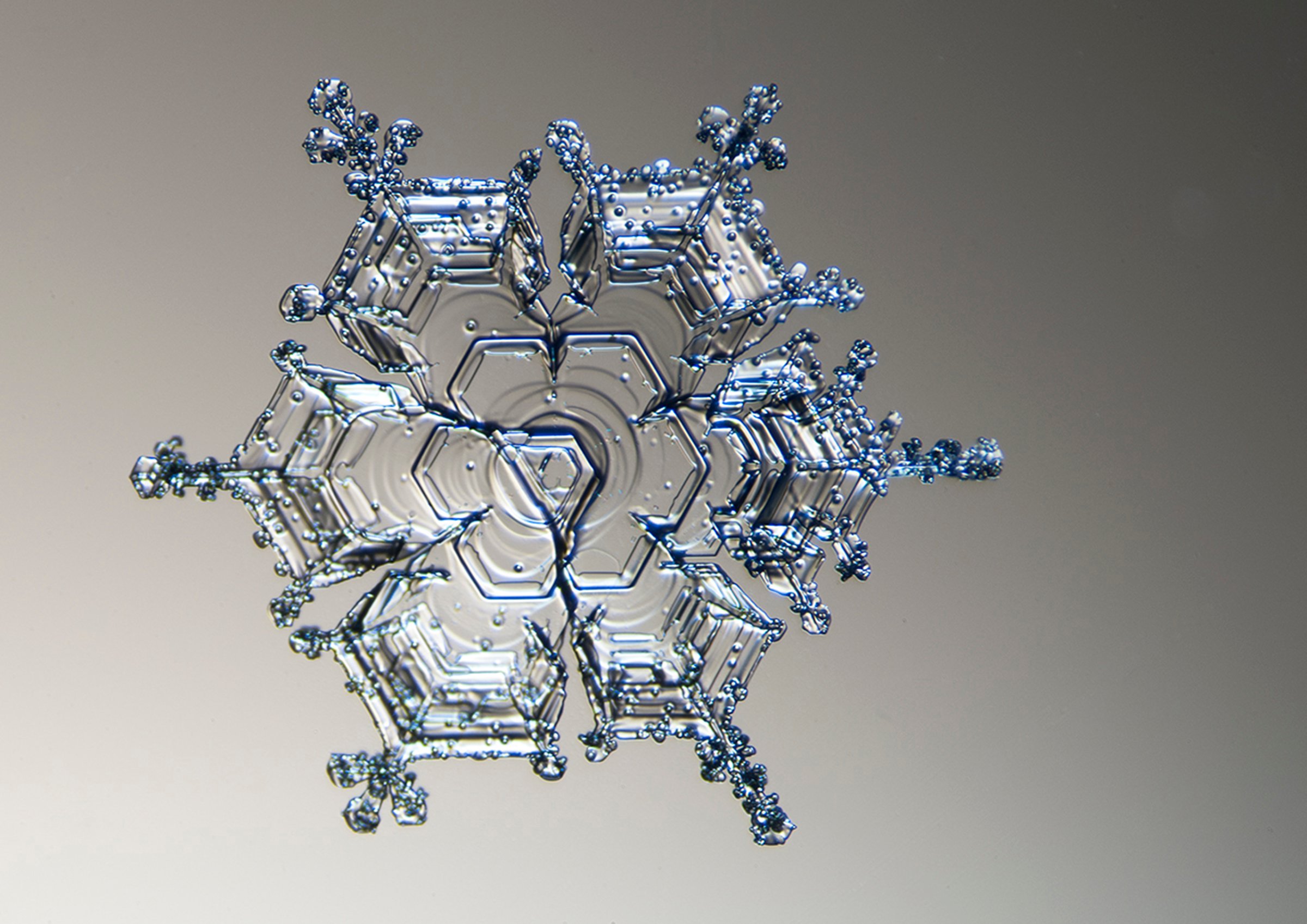
He speaks to TIME LightBox about his process.
TIME LightBox: Tell us about yourself and how you became interested in photography.
Michael Peres: When I was in a high school I was planning to go to college to become a doctor. But in my senior year, I was the sports editor for my school yearbook and the kid taking the pictures was someone I didn’t know well but he knew much about photography — so I went with him on the photo shoots. From the moment we developed the photos, I was hooked. The polarity in my wiring changed and I thought that it was the coolest thing.
TIME LightBox: How did this work start? Did you always do microscopic photography?
Michael Peres: Not always. When I went to university to study biology, I often took pictures of my dissections and of petri dishes. I loved science, but I loved taking pictures more. After graduating in 1978, I tried to get a job but I was a biologist and getting a job as a medical photographer was not on the cards. Later, I went back to school at the Rochester Institute of Technology and I got a degree in biomedical photography. It was then that I learned about using microscopes.
TIME LightBox: What do you use to take these photos?
Michael Peres: I use my own microscopes and my Nikon DSLR camera — I actually use several microscopes, some for photographing opaque objects, and some for semi-transparent objects. I sometimes bring secondary lights in. The microscopes become an optical extension of the camera.
TIME LightBox: It can’t be easy to take such close up shots of something as fleeting a snowflake, though?
Michael Peres: Yeah, I kind of feel like a fisherman but instead of going for fish, I am going to catch snowflakes — you never know what results are going to be! I can’t predict when or how much it will snow, or when it will snow, or even if it’s the right kind of snow. Rochester can get over a 100 inches of snow every year, but much of the snow looks like salt and it doesn’t have the kind of flake almost everybody imagine is snow. Not all flakes are transparent, for example.
TIME LightBox: You’ve been sharing these images on Instagram. Why?
Michael Peres: I had avoided social media for several years, but in March 2014 our school started its own Instagram account and each week a different student or alumni is a guest poster. It came to my turn — so I joined! I decided that instead of just being a lurker, I should cultivate my own following– what did I have to lose? As a photographer, if you keep your pictures on your hard drive then nobody sees them, and that’s not the kind of photographer I wanted to be.
TIME LightBox: What do you think viewers see when they see these images?
Michael Peres: Well I never diminish the science when I photograph and I hope the reason why my work is interesting to some people is that they are science facts, not science fiction. But they are photographed in ways where you can enjoy them and their natural elegant design is emphasized..
Michael Peres is a photography professor at Rochester Institute of Technology. Follow him on Instagram @michael_peres
Richard Conway is reporter/producer for TIME LightBox. Follow him on Instagram @richconway
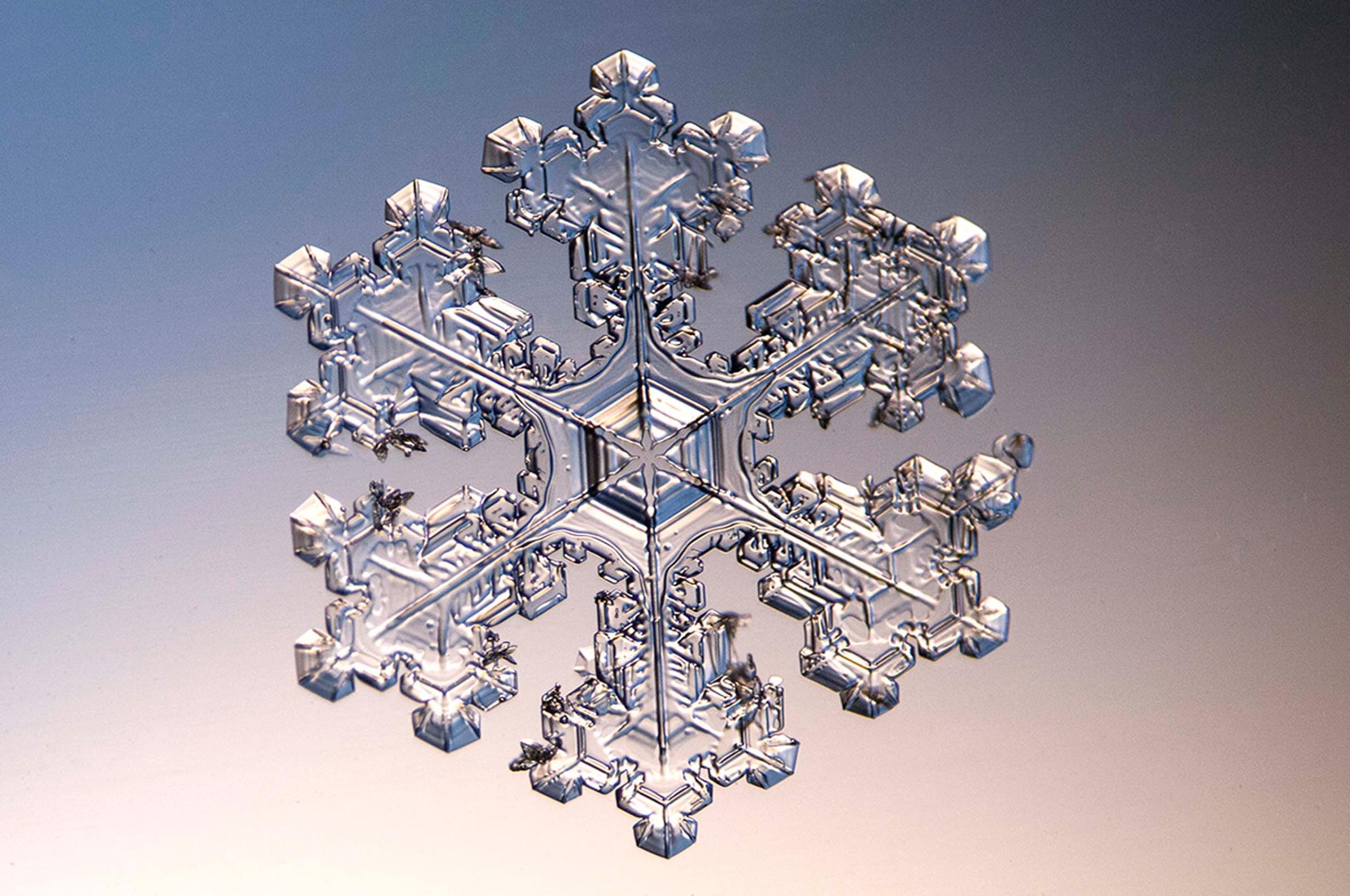
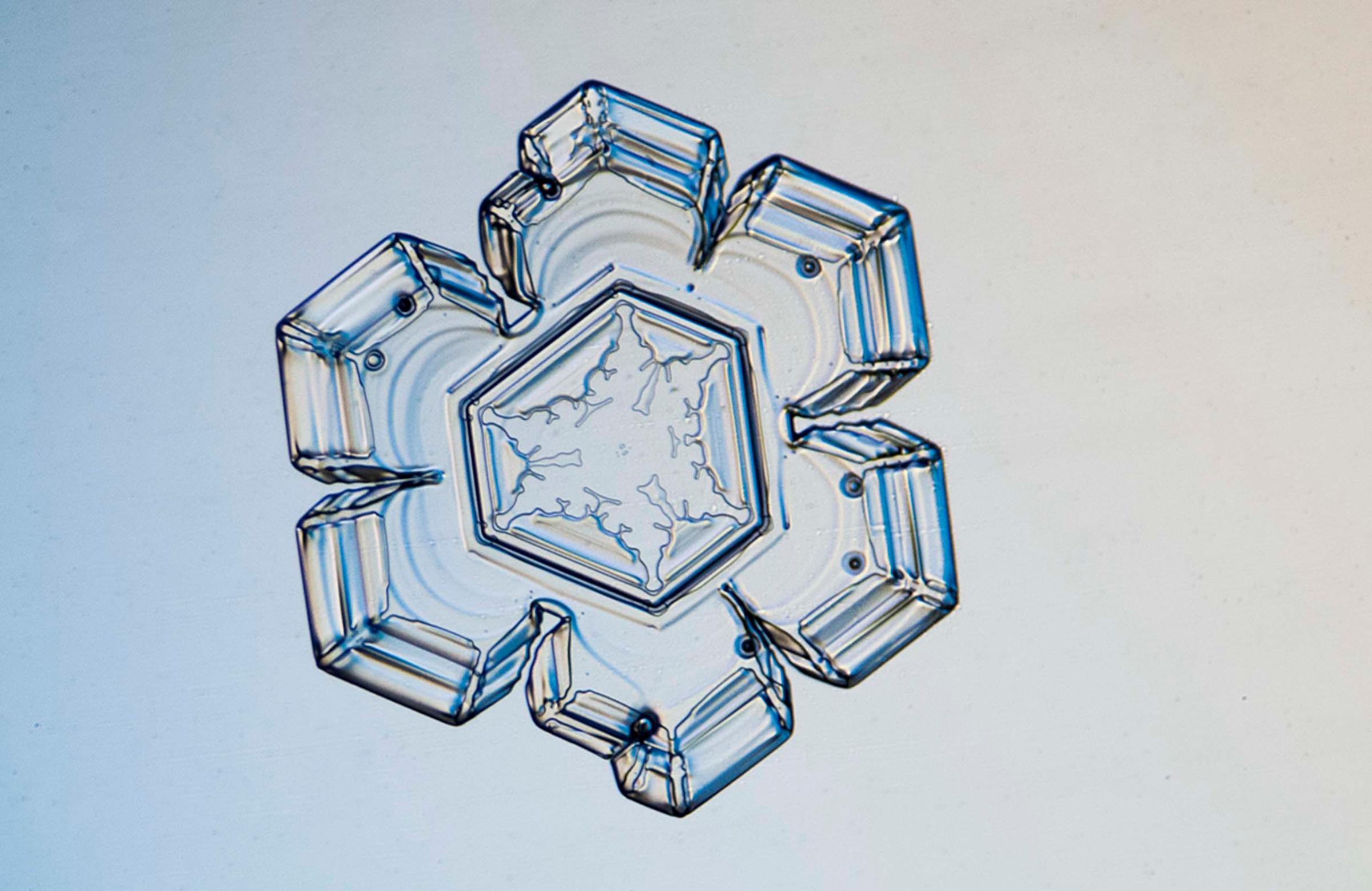
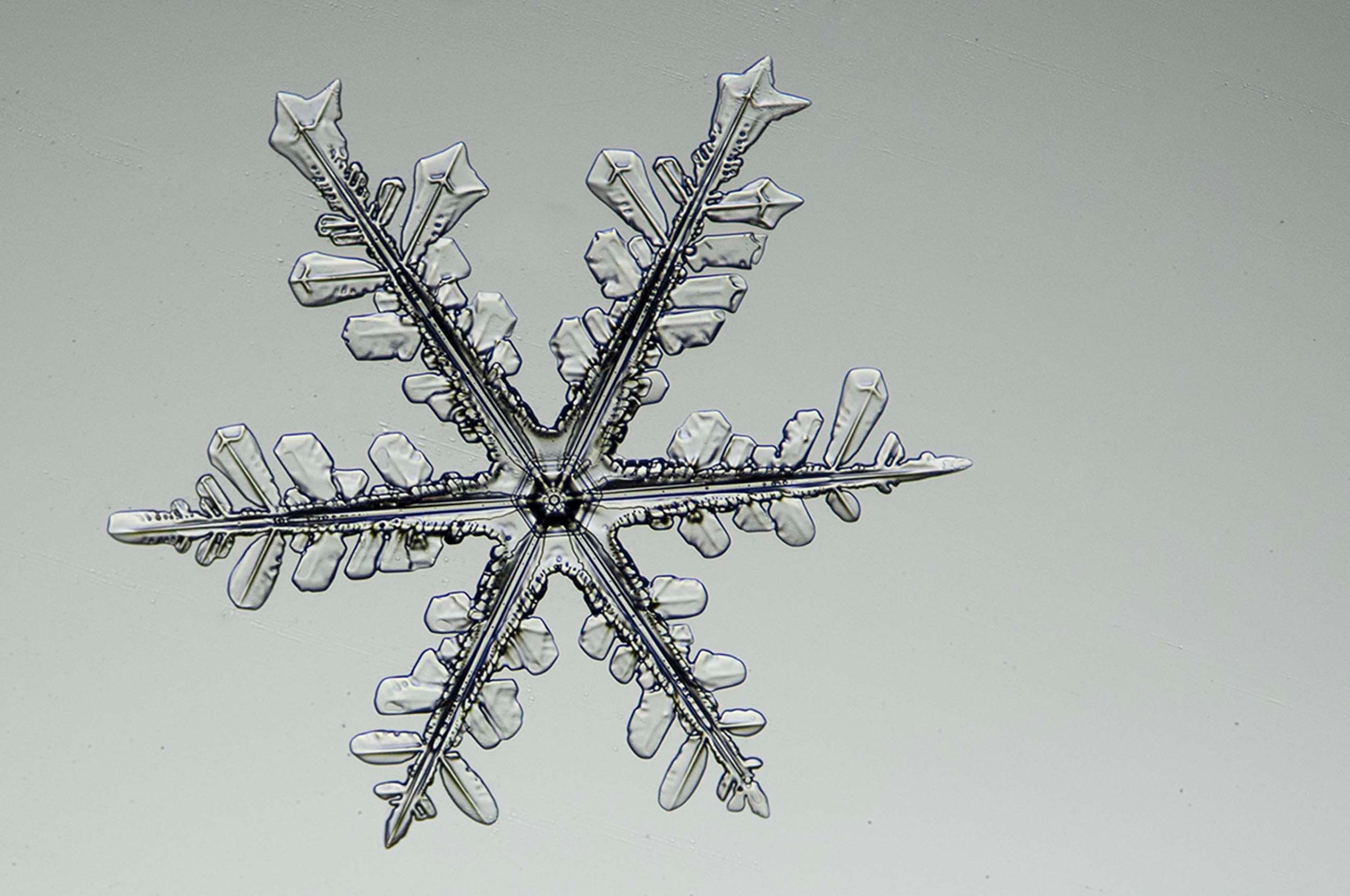
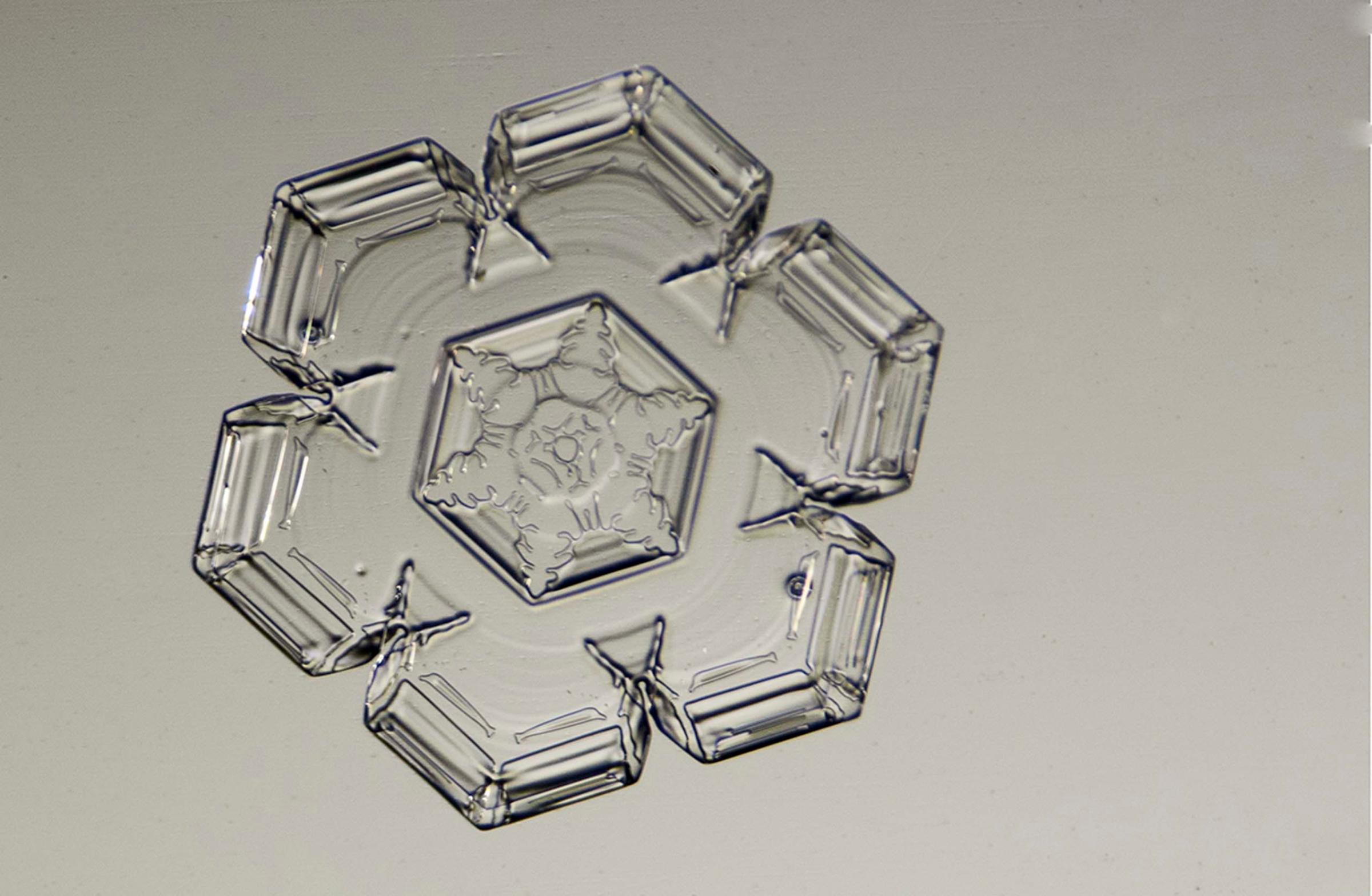

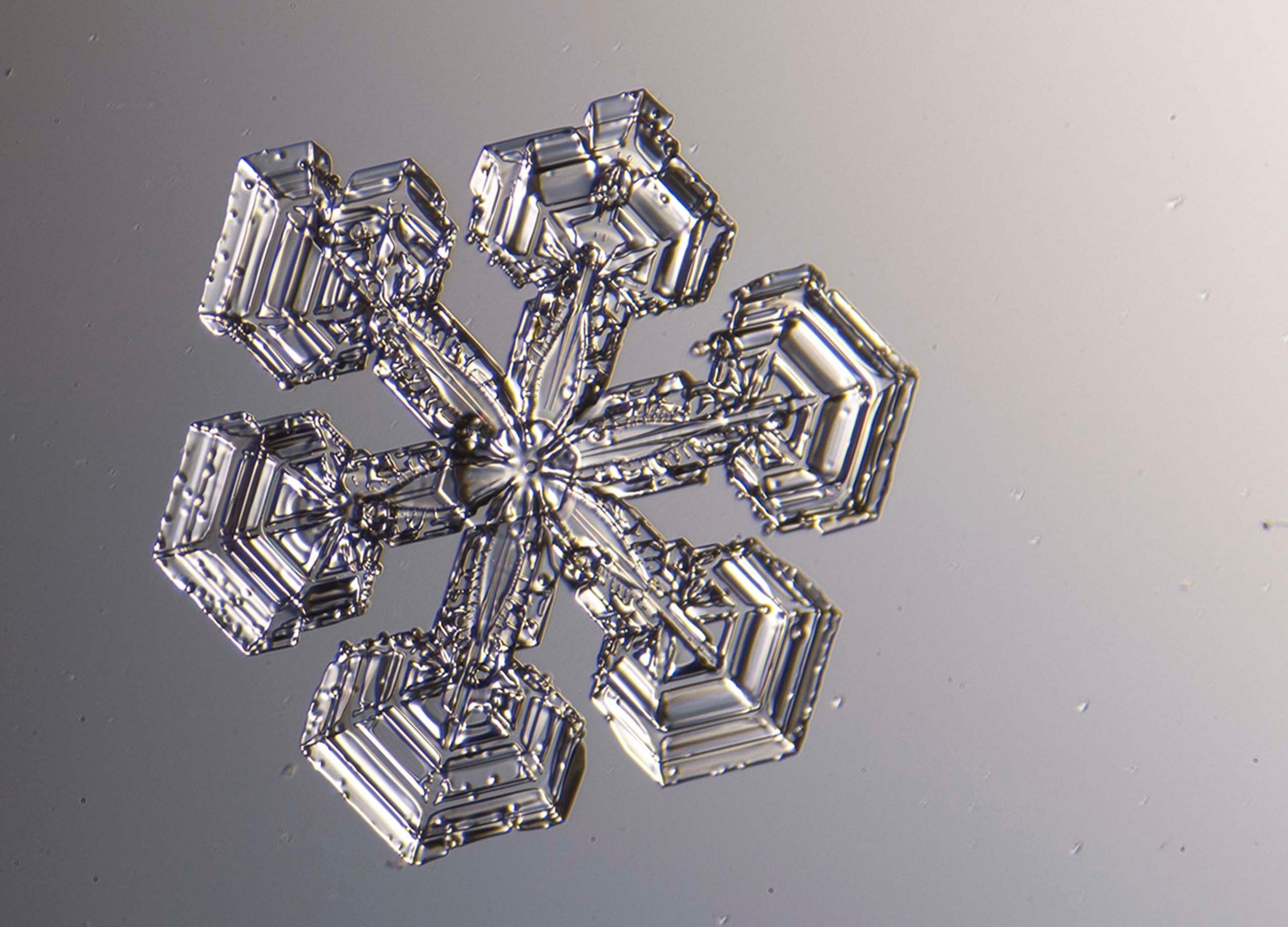
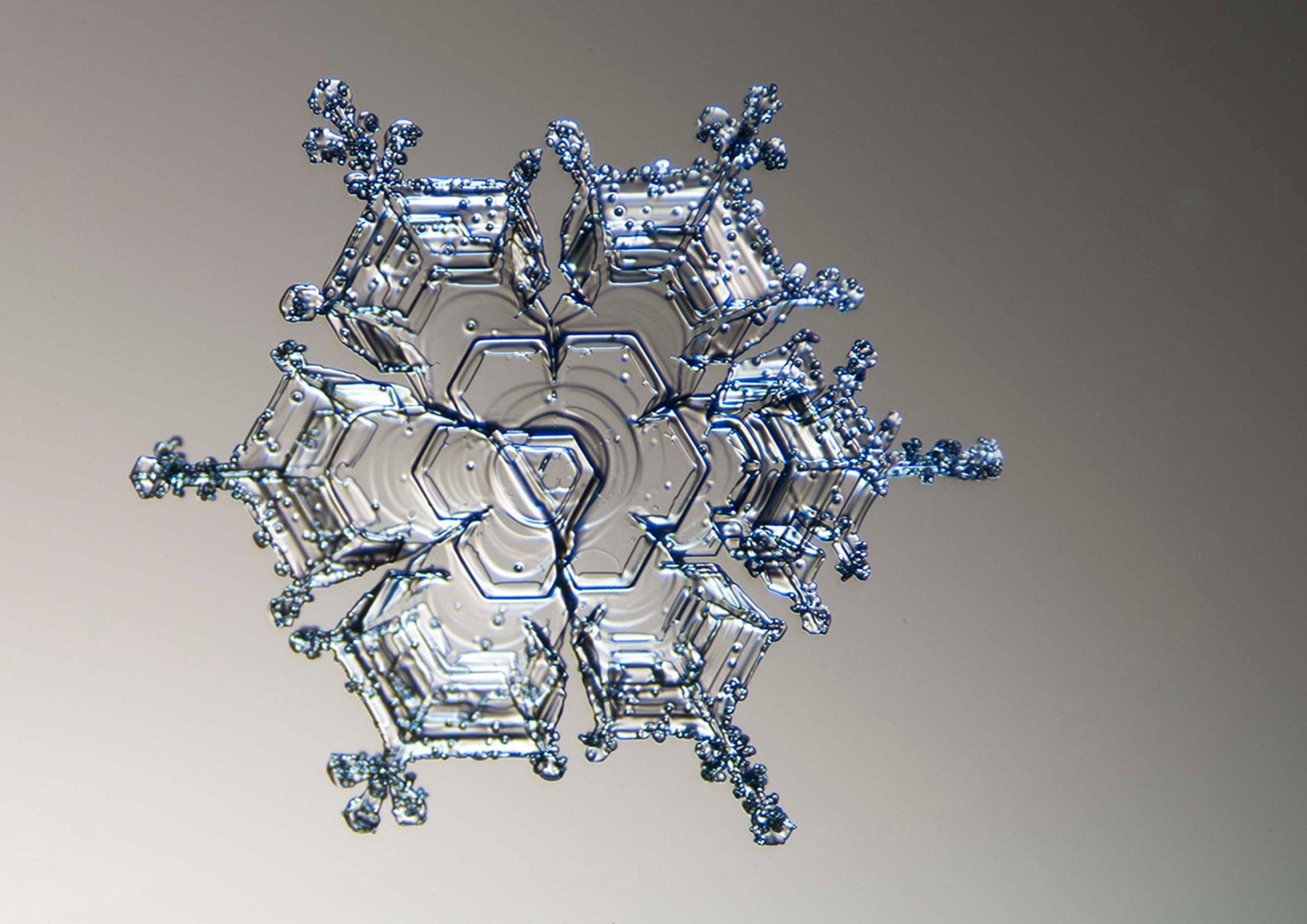





More Must-Reads from TIME
- Why Trump’s Message Worked on Latino Men
- What Trump’s Win Could Mean for Housing
- The 100 Must-Read Books of 2024
- Sleep Doctors Share the 1 Tip That’s Changed Their Lives
- Column: Let’s Bring Back Romance
- What It’s Like to Have Long COVID As a Kid
- FX’s Say Nothing Is the Must-Watch Political Thriller of 2024
- Merle Bombardieri Is Helping People Make the Baby Decision
Contact us at letters@time.com